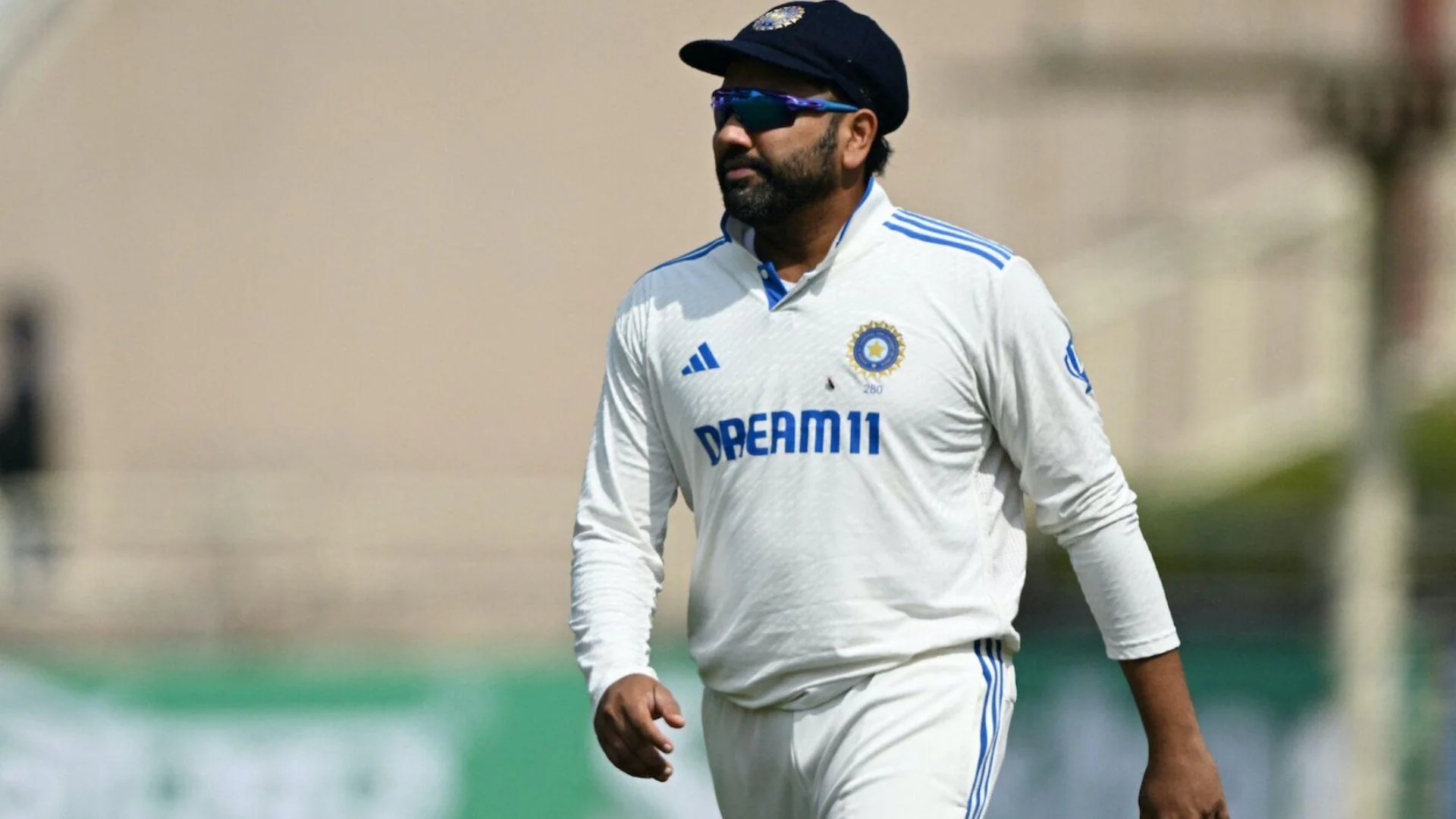After their recent attack on Virat Kohli, the Australian media has once again crossed a line with their treatment of Indian cricket stars. This time, it’s the turn of Rohit Sharma, the Indian cricket team captain, who has been mocked for his reaction to a dropped catch by Yashasvi Jaiswal during the ongoing series.
The Western Australian newspaper, in what has become a recurring trend, posted an image of Rohit Sharma with a pacifier in his mouth, headlined “Captain Cry Baby.” This latest post follows their previous unsportsmanlike mockery of Virat Kohli, where they depicted the star with a “joker nose” in a bid to attract laughs from the local audience.
The back page of tomorrow’s The West Australian.@westaustralian @TheWestSport pic.twitter.com/K6R7EC1sVy
— Jakeb Waddell (@JakebWaddell) December 29, 2024
Advertisement · Scroll to continue
Media’s Unwarranted Criticism
The Australian media’s latest move is part of a broader trend of targeting Indian players to garner attention. Before the series began, players like Kohli and Sharma were hailed as superstars, but now, they appear to have become targets for ridicule in the media. The “Captain Cry Baby” headline, which ridicules Sharma for showing anger towards Jaiswal after the dropped catch, exemplifies the disrespect the Indian players are currently facing.
Such actions by the media are seen by many as crossing the line, as they shift from light-hearted banter to personal attacks. These portrayals serve no purpose other than to mock and belittle the Indian cricket stars.
The incident that prompted this latest attack occurred when Rohit Sharma was visibly angry with Yashasvi Jaiswal, who dropped a straightforward catch during the match. This moment, in which Sharma expressed his frustration, was caught on camera and became the focal point of the Australian media’s latest jibe.
The media’s interpretation of the event was to brand Sharma as overly emotional and childish, as depicted in the “cry baby” portrayal. While Sharma’s anger was likely a moment of intense frustration, the media chose to trivialize it in a way that many feel is uncalled for, especially considering the stakes of international cricket.
Impact of Dropped Catches on India’s Performance
Beyond the media mockery, the dropped catches have had a tangible impact on Team India’s performance. Key moments were missed when Australian players, who were on relatively low scores, were given extra opportunities due to the drops. Here’s how the drops influenced the match:
- Usman Khawaja was on 3 when he was dropped but went on to score 8 runs before being dismissed at 20/1.
- Marnus Labuschagne was dropped when he was on 46. He went on to score 70, contributing to Australia’s score from 99/6 to 148/7.
- Pat Cummins was also dropped on 21 and added another 20 runs before being dismissed at 173/8.
- Nathan Lyon is still batting after being dropped on 5, with the current Australian score at 228/9.
These dropped catches not only let the Australian tail wag longer but also shifted the momentum in their favor, allowing them to extend their lead.
Media Criticism Versus On-Field Realities
While the Australian media continues to target Indian cricketers for what they see as comedic value, the real issues lie on the field. Dropped catches, missed opportunities, and mistakes can drastically change the course of a match, and that’s where the Indian team’s focus needs to lie. In the end, mocking players for their emotions or reactions only detracts from the actual competition and sportsmanship that cricket represents.
As the series progresses, it’s clear that Team India’s challenge is not just against Australia’s formidable team but also the scrutiny and ridicule from parts of the media. However, players like Rohit Sharma and Virat Kohli have shown time and again that they have the resilience to rise above such distractions and perform at the highest level.
Read More : Team India’s WTC 2025 Final Ambitions At Risk Due To Slow Over-Rate Penalty























